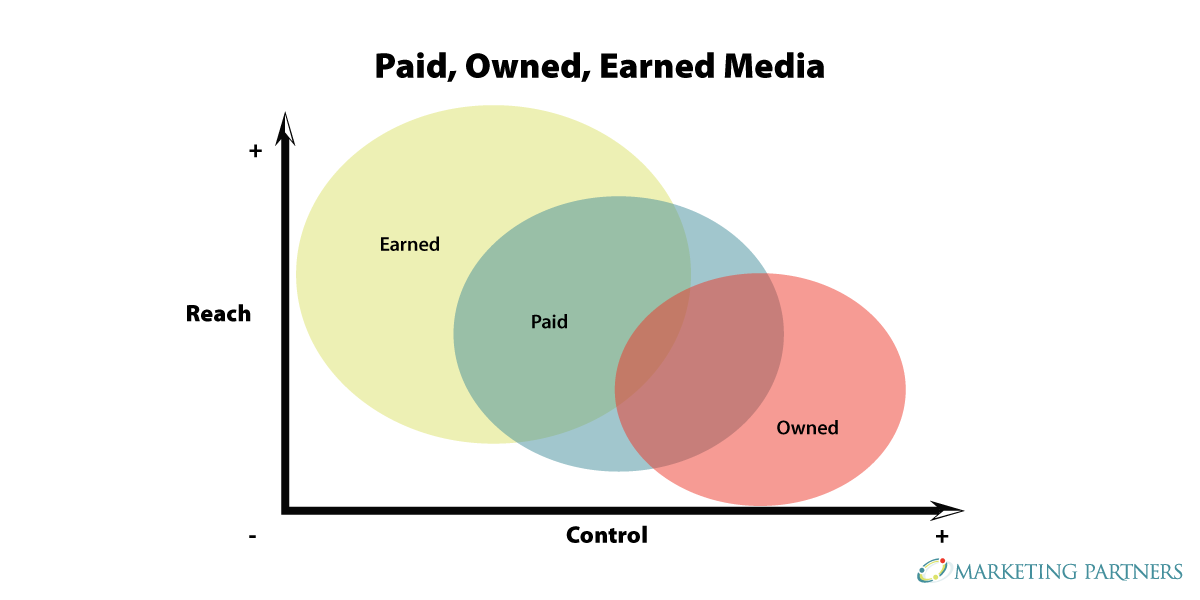How to Use Your Core Values to Inspire, Retain, and Energize Your Team
For the last few decades, but especially so in recent years, people are seeking out more than just an income from their place of employment. More...


Vermonters have always taken the disruptive, “beat the band,” approach, or so we believe. The small, motivated, Green Mountain State prides itself on setting the example for legislation transformation and always remaining a step ahead. But how does such a small state have such a large influence on national political and environmental issues? A friend once told me, “it’s not about the size of the dog in the fight; it’s about the size of the fight in the dog.” It takes a passionate group of people with resilient voices to create change and that is something “we Vermonters” have done for many years.
As I transitioned from high school to college, the University of Vermont seemed like a driving force behind much of this changemaking in Burlington, as it loomed large from the highest point of the city. Sure the students were well educated, but weren’t they just hippies with an “against-the-grain” way of life? The “against-the-grain” effect seems to pervade local college campuses and is echoed by the residents of Burlington. Say what you want about those free spirits, but they know how to make things happen!
Throughout my first few years as a business undergraduate, one of my main concerns was that students my age would think they had to choose one of two paths — they could either climb the ladder of success to become a gas guzzling, money hungry corporate bigwig (how many people perceive the business person), or they could be a starving, environmentally conscious innovator who will never be funded for an idea that reduces short-term profits for long-term beneficial change. The desired middle ground was nothing less than non-existent to me until I was introduced to a small sector of unsung heroes that could close the gap between the two extremes.
I see three types of change agents that work with a form of disruptive innovation necessary to bridge that gap. Thse are the Social Entrepreneur, the Mission-Driven Business (or Values-Led Business) and the Social Intrapreneur. While social entrepreneurs and mission-driven business are frequently mentioned — try a Google search — Social Intrapreneur seems to be an underrecognized option.
These workers bring a “something new” to the table. They stand out as an “employee activist” in a sense as they are “someone who works inside major corporations or organizations to develop and promote practical solutions to social or environmental challenges where progress is currently stalled by market failures.” Much like the Vermonter attitude applied to state and national problems, traditional businesses can benefit from sustainably disruptive creativity applied to social and environmental problems. A worker or a team of workers who lack new ideas are ill-equipped and slow to adapt to changing conditions and can quickly become ineffective. Adding a social intrapreneur to the team adds fresh ideas.
The work is pioneering and creative. Ideally, it is a form of innovation that benefits the company in the current market while developing new, more sustainable ideas, with future generations in mind. Companies that promote the ideas of their intrapreneurs, while taking off their profit-driven blinders, means bringing the company back to the basis of the “Triple Bottom Line” or the “3 Pillars of Sustainability.” This consists of all things social, environmental (ecological) and financial, or as it is most commonly referred to, the 3Ps — people, planet and profit. Finding the right balance of the pillars can be difficult but that is the work of Intrapreneurs and balance can flourish if their ideas are valued.
 Encouragement for this form of innovation, by the organization itself, is the only thing that will promote these workers and the effort they put forth. The Intrapreneur typically works without a managerial mandate, which gives way to an organic mindset and a fruitful design. Because this person is one who ties together the ideas of business and ethics, they are able to introduce market penetrations of moral originality. They are not doing business per usual but are steering their company’s corporate approach in new directions.
Encouragement for this form of innovation, by the organization itself, is the only thing that will promote these workers and the effort they put forth. The Intrapreneur typically works without a managerial mandate, which gives way to an organic mindset and a fruitful design. Because this person is one who ties together the ideas of business and ethics, they are able to introduce market penetrations of moral originality. They are not doing business per usual but are steering their company’s corporate approach in new directions.
In providing a platform for the success of this worker, companies have found that they are able to retain talented, highly skilled professionals while achieving the expectations of the public and broadening markets for new growth and sustainability. Allowing Intrapreneurs to feel a sense of ownership in their work will only nurture further development in the field and will actually bring them closer to the brand. Employees that have a relationship with their work are much more motivated and attentive to detail.
I believe if companies shift their focus to the even spread of the Triple Bottom Line and the Intrapreneurial state of mind, the long-term pay-offs for society and the business sector as a whole would outweigh the temporary financial growth of a single megacorporation. Please note I am distinguishing between companies that really care and companies that use Corporate Social Responsibility language to “greenwash” public perceptions.
How can we nurture the growth of this sector and promote the already-existing sustainable innovators? Put the bottom-up business model into practice, which will promote the idea of ownership for these innovators. Recognizing that people are what drive business, the promotion of intrapreneurs becomes easier and having them at the forefront is imperative to the future of business entities.
Finally, introducing the Social Intrapreneur in universities as a concentration through entrepreneurial programs would be a stepping stone to consider. I had never heard of this type of work until my senior year of college, but this is a field of business that can easily inspire young employees entering the job market.
------
Lucas Martin is a native Vermonter and a marketing major at the University of Vermont, who hails from the nearby town of Essex Junction. As a rising senior Lucas will continue his work as the Social Media Director of the Marketing Club with hopes of a future career in misson-driven marketing.
The Change Conversations blog is where changemakers find inspiration and insights on the power of mission-driven communication to create the change you want to see.
© 2009- to present, Marketing Partners, Inc. Content on the Change Conversations blog is licensed under a Creative Commons Attribution-Noncommercial-NoDerivs 3.0 United States License to share as much as you like. Please attribute to Change Conversations and link to ChangeConversations.
Creative Commons License may not apply to images used within posts and pages on this website. See hover-over or links for attribution associated with each image and licensing information.

For the last few decades, but especially so in recent years, people are seeking out more than just an income from their place of employment. More...

You know nonprofit organizations need websites just as small businesses do, but you may be surprised to learn nonprofit sites can be more complex and...

In today’s rapidly evolving media landscape, understanding where and how your story is told isn’t just strategic—it’s essential. How you communicate...